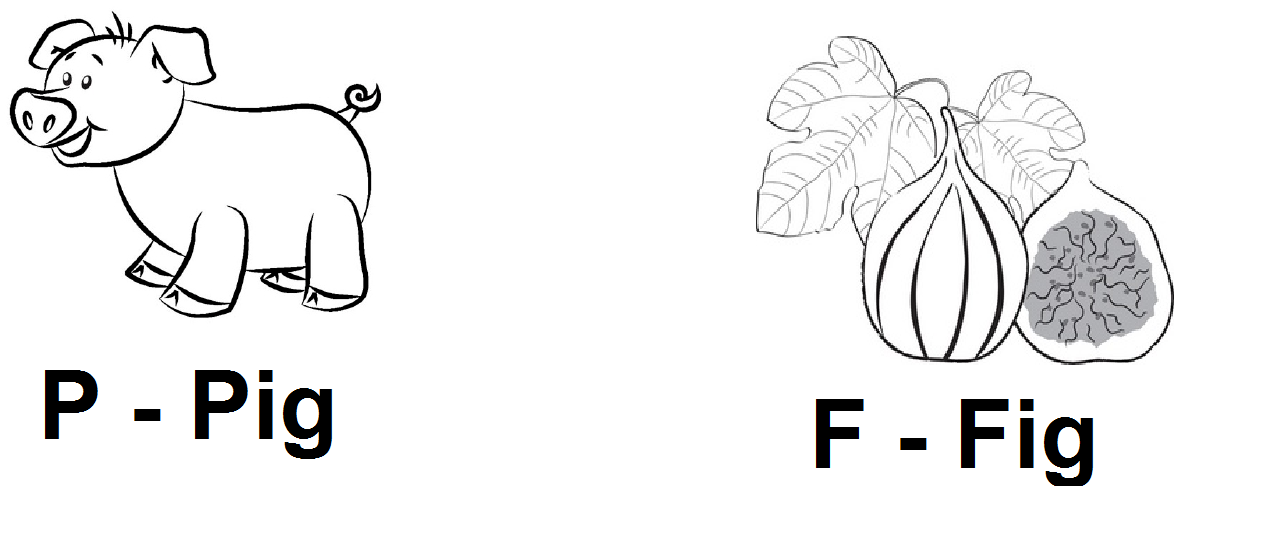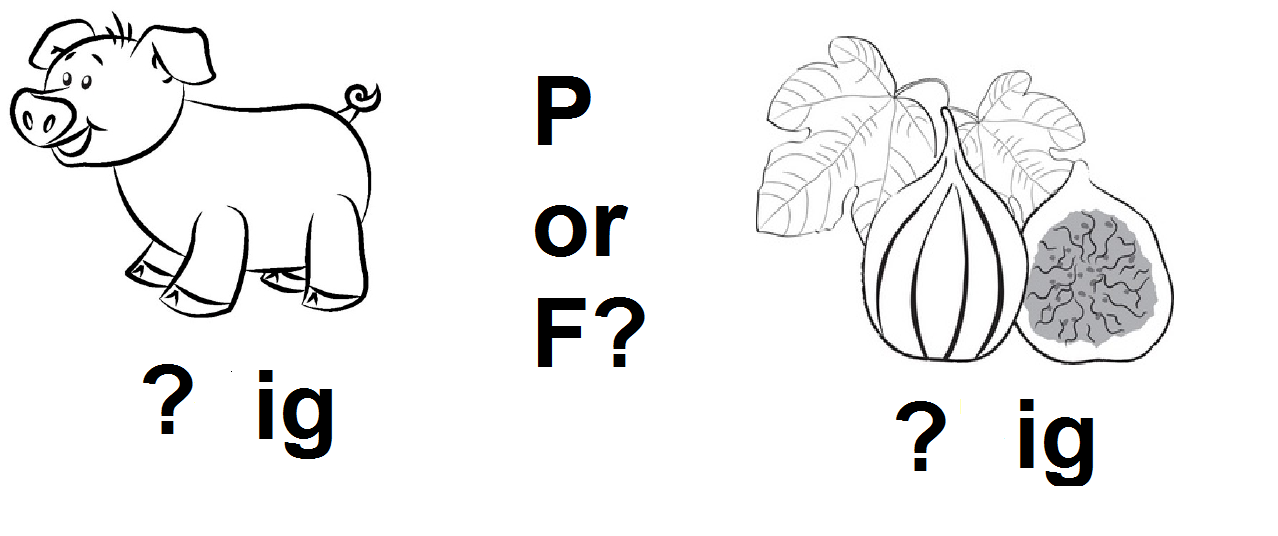Introduction
Specifying and correcting phonetic mistakes that children make at the given stage of their development is crucial for further language skills acquisition. A four-year-old Sophia, a kindergarten student, showed rather dissatisfying results after taking her tests on isolating beginning sounds (McGee & Dail, 2012), the test on phoneme blending and the Yopp-Singer test (Yopp, 1995).
Even though children at four experience similar difficulties with pronouncing certain words and sounds, to make sure that Sophia will get rid of her pronunciation deficiency, it will be required to offer her a range of exercises.
Results
At first, the child seemed to be doing fine in the test. However, as soon as the word with a letter “R” in it emerged, Sophia started having problems with pronouncing the word correctly. The problem started with the word “dog,” or, to be more exact, with the sentence “A dog barks,” which was supposed to be the ending to the first part of the test. Sophia seemed to disregard the letter “R” completely by saying “bucks” instead of “barks.”
As the test continued, the problem started becoming more obvious. The student failed to pronounce the word “ride,” saying “ide” instead; after having been asked to repeat the word with a stronger emphasis on the “R” sound, the student tried different phonetic variations, including “hide,” “wide,” etc.
Apart from the obvious rhotacism issue (Swingley & Aslin, 2000), the student seemed not to be noticing the difference between the sounds “s” and “sh”; for example, in the course of the test, Sophia pronounced “ship” as “sip.”
The last, but definitely not the least, Sophia’s issue with the pronunciation of the words that contain the sound “f” in them also causes a lot of concerns; instead of saying “fine,” which was a part of the Yopp-Singer test, the student said “pine” several times in a row. It is quite peculiar, though, that Sophia has no problems with the sound “f” in general – it is that she does not seem to notice the difference between “f” and “p,” replacing them whenever she wants to.
The same can be said about the voiced and the voiceless “th.”Therefore, a major issue concerning the recognition of sounds has been spotted together with the rhotacism problem.
Analysis
Although the problem of children mispronouncing or refusing to pronounce the sound “R” is rather hard to deal with, it is not rare. It is remarkable that the children, whose parents spend more time interacting and playing with them, as well as reading their children books and creating various exercises for them, learn to pronounce the above-mentioned sound without any major problems (Ehri, 2005).
However, even for those children, who were never taught to pronounce the letter “R” the right way, there is still a chance for acquiring the necessary skills, and quite a big chance at that (Kuster, 2010). Seeing how the student is only four years, old, the inability to pronounce the sound “R” correctly can be identified as a language delay and not a speech disorder (Ehri, 2005).
Hence, with the application of specific activities, it will be possible to correct the language issue in question (Gilbert, 2008). Speaking of the issue concerning the child’s inability to distinguish between such sounds as ‘”p” and “f,” and the voiced and the voiceless “th,” one must bring up the fact that children need time to learn the difference between voiced and voiceless consonants.
Lesson plan
Lesson: Pronunciation and rhotacism reduction.
Objectives: Learning to pronounce “r” and distinguishing between “p/f” and voiced/voiceless “th.”
Materials: Cards with pictures and words written beneath them, cards with pictures and gaps to be filled with letters, paper sheets with words containing “r,” “p/b” and “th” in them.
Procedure: 1. Warm-up (10 min.). 2. “R”- related exercise (20 min.). 3. “P/b”-related exercise (25 min.). 4. Home assignment explanation (5 min.).
Time: 60 min.
Activities
Seeing how several issues are going to be addressed at the same time, it will be reasonable to split all the exercises into two large groups, i.e., the ones that are going to be used to correct the rhotacism issue, and the ones that will help Sophia distinguish between different sounds, such as “b” and “p,” etc.
Since rhotacism is a major issue, there is a range of exercises that have been proven quite successful. Perhaps, it can be suggested that the child should be able to navigate the parts of her mouth and especially her tongue in a proper manner.
Children often fail to pronounce “r” correctly because of the lack of practice in straining their tongue muscles the right way. Thus, it can be suggested that Sophia should have a fun activity making “funny faces” by sticking her tongue out, rotating it, trying to reach for the tip of her nose. This exercise can be considered a “warm-up” at the start of the lesson.
As for the major exercise for training the “r” sound pronunciation, the student will be provided with a range of words starting with “r” and containing a distinct “r” sound in them. First, Sophia will have to read several (10–15) words aloud. Then, she will be asked to read sentences with these words. Finally, she will have to compose three simple sentences with different words starting with an “r.”
Speaking of creating the exercises that will help Sophia distinguish between similar sounds, the issue is a bit more complicated here than the one concerning the inability to pronounce “r.”
While in the previous case, Sophia acknowledged the existence of the letter “R,” yet failed to pronounce it, with the voiced sounds and their voiceless equivalents, the student does not seem to acknowledge the difference between them at all, perceiving each couple of sounds like one.
Therefore, it will be required to incorporate the denotation of the words into the exercises to draw the line between the two sounds in each pair. To help the student link the written word, its sound, and its connotation together, it will be required to use visual aids. Therefore, the second activity can be designed in the following way.

Several cards will be used for the activity. Each card will contain two words, each containing one problem sound of the pair sounds, with visual representations provided for each word. Sophia will be supposed to read each word aloud and name the letters that have been omitted.
The student will be assisted by the teacher in the course of the activity if needed. Afterward, similar cards with the letters in question omitted from the words will be provided. The student will be required to fill in the gaps. The cards may look the following way:

Conclusion
The problem of rhotacism, much like the one of mixing sounds, is usually a temporary issue, which traditionally disappears by the age of six. However, for the given problem not to have major effects on the child’s language skills, as well as on the student’s concept of language and pronunciation in general, it is crucial that a range of specific exercises targeted at the problem should be provided.
More importantly, parents must engage in the process of their child acquiring new language skills; thus, the process of Sophia’s rhotacism and mispronunciation correction will be carried out at a much faster pace.
Reference List
Ehri, L. C. (2005). Learning to read words: Theory, findings, and issues. Scientific Studies of Reading, 9(2), pp. 167–188.
Gilbert, J. B. (2008). Teaching pronunciation. Using the prosody pyramid. Canbridge, UK: Cambridge University Press.
Kuster, J. (2010). A collection of approaches to the “R” sound.
McGee, L. M., & Dail, A. R. (2012). At-risk preschool children: Establishing developmental ranges that suggest at-promise. Reading Horizons, 51(3), pp. 209–228.
Swingley, D. & Aslin, R. N. (2000). Spoken word recognition and lexical representation in very young children. Cognition, 76(2), 147–166.
Yopp, H. K. (1995). A test for assessing phonemic awareness in young children. The Reading Teacher, 49(1), pp. 20–29.